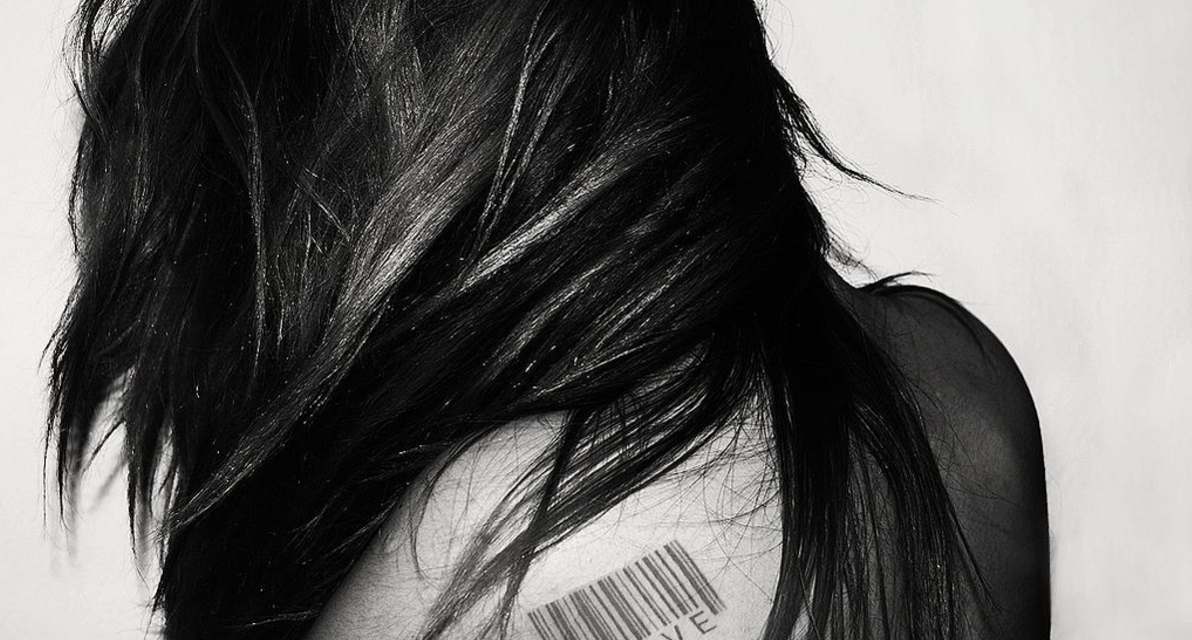Written by Jackie Marchildon / Global Citizen
Human trafficking is a difficult issue to address — it’s a purposefully hidden practice affecting and exploiting millions around the world.
But despite its invisible nature, it’s abundantly clear that Indigenous women and girls are disproportionately affected in Canada. And human trafficking survivor Bridget Perrier wants everyone to know it.
Perrier, an Anishinaabe woman, was adopted in Thunder Bay, Ontario, when she was 5 weeks old by a non-Indigenous family in 1976 in the Sixties Scoop, CBC reported.
She was molested by a family friend when she was 8 years old and was surrendered to the Children’s Aid Society when she was 11. From there, she ended up in a group home, where older girls introduced her to the sex trade. She recalled the first time she was brought to a man’s house, where the girls told her to laugh, Perrier told CBC.
“The more you laughed, the more $100 bills were left under the Kleenex box,” Perrier said. “For a little girl, that’s a lot of money.”
The same year, a woman who ran a brothel recruited Perrier.
Then, only 12 years old, Perrier said she was manipulated to stay, as the madam drew on her insecurities. She experienced many terrible events during this time of her life, including being held captive for 43 hours, during which time she was raped and tortured by a man. She had ventured out to make money outside of the brothel. She was 14.
Perrier escaped and received medical help, including internal stitches. The man was found and received just two years in a federal penitentiary.
Following her time with the brothel, Perrier ended up working under a pimp, who moved her to Toronto, threatening her with violence, and beating her if she disobeyed him.
Sadly, Perrier’s story is not unique.
Human trafficking is hard to address in Canada and around the world, as collecting data is challenging.
In Canada, for instance, police services only reported 340 incidents of human trafficking in Canada in 2016, but the RCMP Criminal Intelligence estimated in the past that hundreds of thousands of people are trafficked in Canada every year. Between 2009 and 2016, 72% of human trafficking victims were under 25.
The majority of human trafficking court cases result in decisions of stayed or withdrawn, according to Statistics Canada.
The final report released earlier this month by the National Inquiry into Missing and Murdered Indigenous Women and Girls includes calls to action on sex trafficking, as it includes information on exploitation and human trafficking of Indigenous women and girls, including survivor testimonies.
Perrier warns that Indigenous women and girls are at greater risk for human trafficking. She said that she even avoided telling people she was Indigenous when she was in the sex trade, as she said Indigenous women experienced the worst violence.
Her first child, a son she had when she was 16, had developed acute lymphoblastic leukemia at 9 months, and died when he was five. His death pushed her to find a way out.
“They think we’re broken, but we’re not,” Perrier said. “I have a good resilience, I just have a lot of fractures.”
In 1999, Perrier delivered her daughter and entered transitional housing at Nekenaan Second Stage Housing. She got her high school diploma, then studied social work at George Brown College. She co-founded Sex Trade 101, an anti-sex trafficking lobbying organization.
Now 43, Perrier lives in Toronto and advocates for support for survivors of human trafficking.



